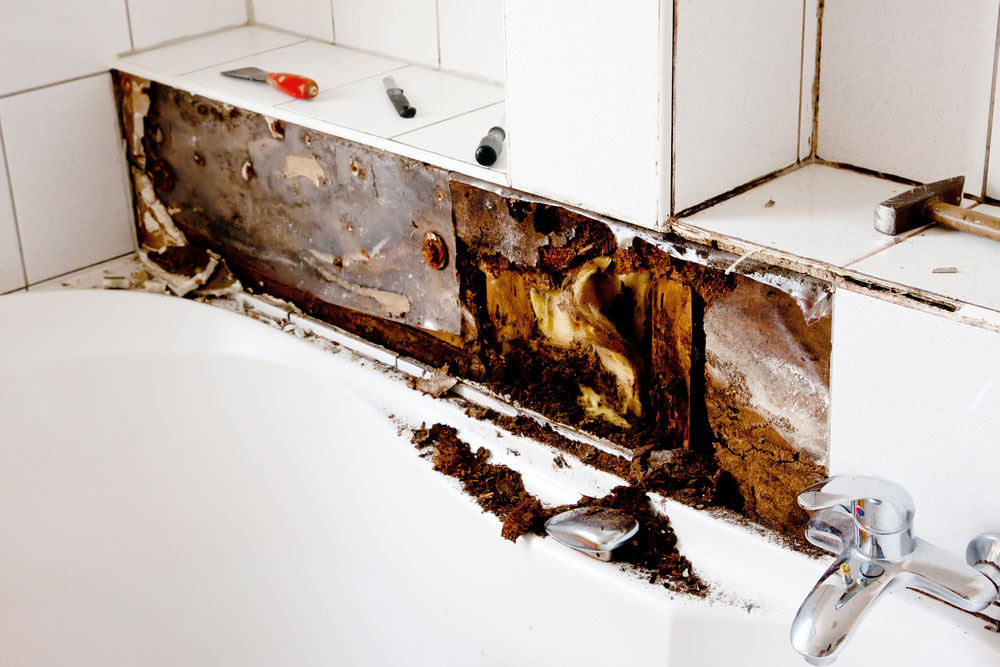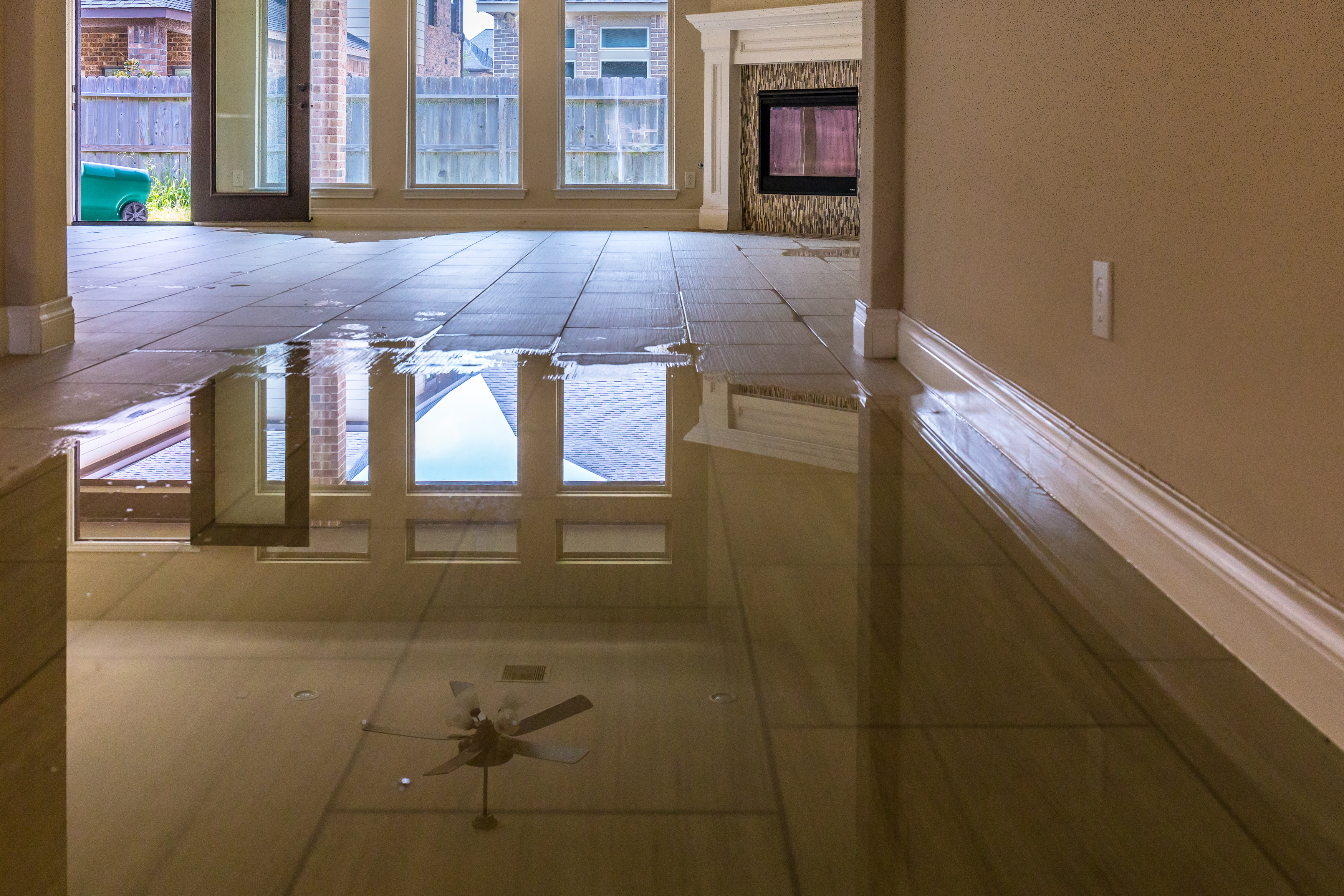On this page in the next paragraph you might get additional outstanding ideas on the subject of How to Fix a Water Damage Bathroom.

The washroom is incredibly prone for moist buildup and prospective water damages because of the regular use water in it. This write-up provides straightforward evaluation methods to aid discovering water damages hazards.
The regular use water in the restroom makes it very vulnerable for damp buildup and also potential water damage. By evaluating it regularly, you can decrease water related problems.
The adhering to set of evaluations is very easy to execute and ought to be done when in every 3 months in order to keep your washroom in good shape as well as to stop potential water damages triggered by the bath tub, the shower, pipe joints as well as plumbing, sinks, closets, as well as the commode
Do not neglect performing these assessments and also be thorough while doing them. Bear in mind that these straightforward inspections can save you a lot of cash by giving early indications for water damage
Tub and also Shower
The shower and also bathtub require special interest as well as upkeep. Examine the floor tiles and also replace if cracked. Ensure that there is no missing out on cement in between the floor tiles. Evaluate and also replace cracked caulking at joints where the walls satisfy the floor or the tub. Blocked drains pipes and also pipes problems will avoid the tub from drying as well as may suggest severe issues underneath the bath tub. Seek advice from a specialist quickly to stop architectural damages. Take notice of stainings or soft locations around the bath tub wall surfaces as they may indicate an internal leakage.
Plumbing
Signs for water damages are tough to identify given that the majority of pipelines are set up inside the wall surfaces.
Pay special interest to flooring and walls dampness and also discolorations as they might suggest an undetectable plumbing issue. Check wetness degrees in adjacent spaces as well.
Sinks and Cabinets
Sinks and also closets are subjected to wetness and humidity day-to-day and also are commonly neglected. Inspect regularly under the sink and also on the kitchen counter above it. Repair any kind of drip in the trap as it may recommend drainpipe problems. Look around the sink, slow-moving draining pipelines may indicate an obstructed drain. Replace sink seals if they are fractured or loosened.
The Toilet
The commode is a prone water junction. Check the water lines and also search for leaks around the commode seat, in the hose pipe, and also under the water storage tank. If you spot any kind of indications of moisture on the flooring around the bathroom, look for leakages in the toilet rim and also storage tank seals.
Understand that hanging toilet dish antiperspirants enhances the opportunities for blockages.
How to Prevent Water Damage in Your Bathroom?
Water damage repair is an expensive, meticulous, and lengthy process. Unfortunately, bathrooms are the most susceptible rooms to water damage due to toilets, showers, and sinks. Pipes and fixtures wear out over time and are not immune to damage. But all is not lost, as there are ways to prevent water damage from occurring in your bathroom.
Check Your Plumbing
Nothing lasts forever, especially pipes, which can rust and begin leaking over time. You should periodically conduct pipe inspections and pay attention for any musty smells or water stains that may indicate you need water damage repair. Here are some things to check:
Frequently test valves for your toilet, shower, and sink to ensure they are properly working. Check faucet supply lines hidden under vanities and replace when needed. Replace cracked or deteriorating caulking along sinks, tubs, and showers. If you notice a clog in your sink, call in a professional. Since you can’t check the pipes in the wall, keep an eye out for stains, drywall bubbling, musty smells, and excess moisture; if the bathroom is on a second level, check the ceiling of the room directly below for these signs. Don’t Overwork Your Toilet
One of the most common reasons bathrooms need water damage repair is due to overflowing toilets. Save yourself the hassle of cleanup by being mindful and not pushing your toilet to extreme limits. If you have young children, it is especially important to keep an eye on them when they are in the bathroom and to teach them how to avoid clogging the toilet. Here are some more tips to help prevent your toilet from overflowing:
If you have a septic tank, only use septic-safe toilet paper Do not flush anything down the toilet besides toilet paper; items like diapers and sanitary napkins will clog the piping Pay attention to your toilet’s water level: If it’s low, it could mean it is partially clogged or that there is a crack in the toilet bowl Maintain Your Shower/Tub
Replace showers or tubs with cracks or other damage; even hairline cracks can allow water to seep in and cause damage. Grout and caulk help prevent water from seeping into walls and floors, so repair them if they are chipped, cracked, or deteriorating. Replace torn shower curtains or shower doors with seals that no longer work. Dry the floor and drain water from the tub immediately after use to prevent damage from sitting water. https://www.alure.com/home-improvements-blog/resources/how-to-prevent-water-damage-in-your-bathroom

We hope you liked our piece about Looking for Signs of Water Damage in the Bathroom. Thank you so much for spending some time to read our content. Sharing is nice. Who knows, you may be helping someone out. I thank you for reading our article about How to Fix a Water Damage Bathroom.
Request Estimate